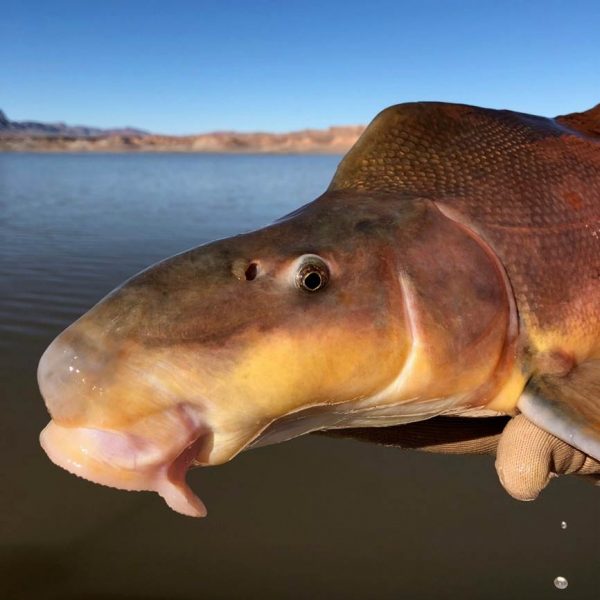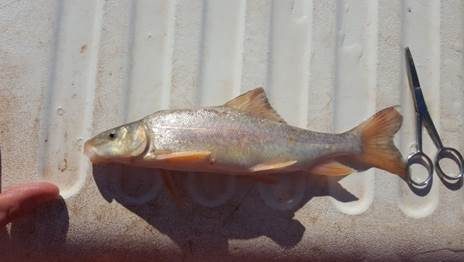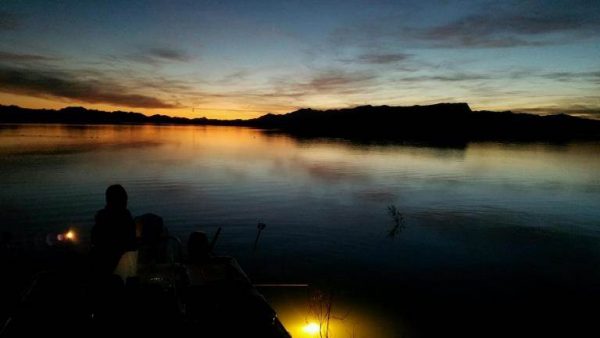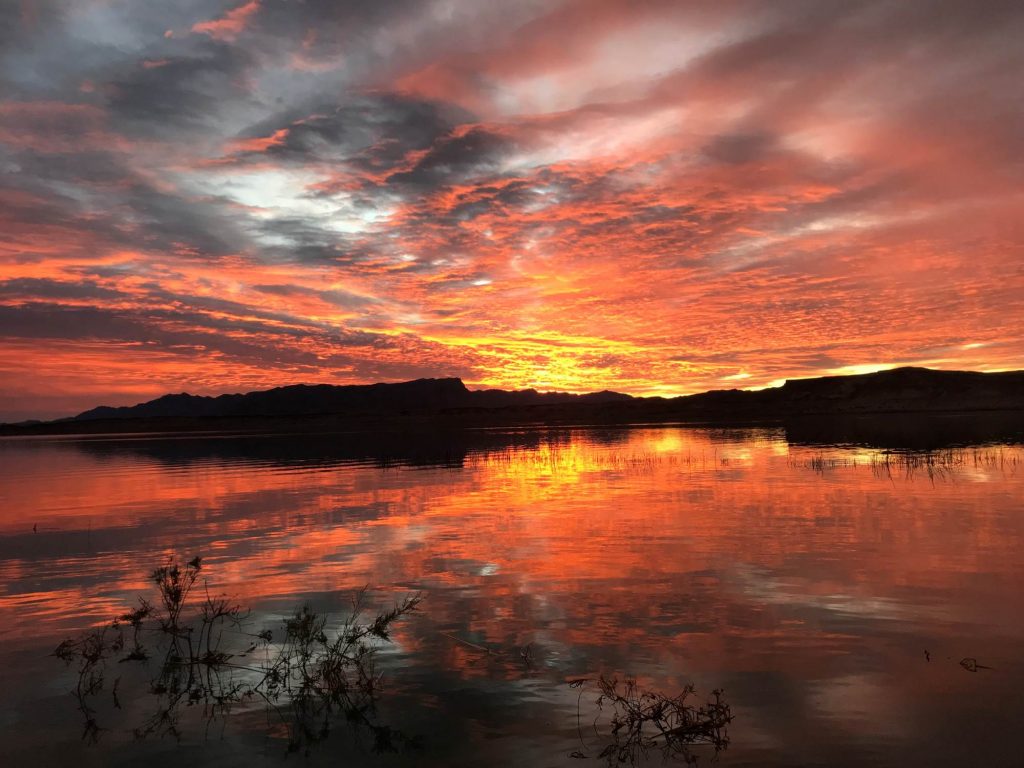Lake Mead Razorback Sucker Studies

Lake Mead Razorback Sucker Studies
BIO-WEST has been studying endangered razorback sucker (Xyrauchen texanus) populations in Lake Mead (located on the Nevada-Arizona border) since 1996, with sole responsibility for creating and maintaining the decade-plus database and monitoring efforts in this unique system. Because razorback sucker are strongly impacted by nonnative fish predation (particularly during early life stages) in most reservoir and riverine environments, recruitment among razorback sucker is rare. Despite extensive hatchery and stocking programs, wild populations in most locations continue to decline.
One exception to the lack of recruitment is Lake Mead, where BIO-WEST biologists are presently involved in identifying the factors that allow razorback sucker to avoid predation. BIO-WEST’s hypothesis is that vegetative cover, turbidity, and food availability are important factors that allow young razorback sucker to avoid predators, and that these factors are linked to Lake Mead water-elevation fluctuations. A study evaluating production and cover in the lake compared vegetative cover, nutrients, and plankton populations at three sites in Lake Mead and two sites in Lake Mohave.


Additional data are being collected to obtain a better perspective of how cover and food availability may change with various levels of Lake Mead, identify new spawning habitats within the system, maintain the long-term ecological data collections, and develop ideas about how to replicate Lake Mead’s unique recruitment trends elsewhere. This study involves trammel netting to collect adults, night lighting to capture larvae, using sonic-telemetry techniques to determine movements and habitat use, and development of an aging technique to non-lethally age fish using fin ray sections. The Lake Mead study is jointly funded by the U.S. Bureau of Reclamation and the Southern Nevada Water Authority, and is being conducted cooperatively with the Nevada Department of Wildlife, National Park Service, Arizona Game and Fish Department, and the U.S. Fish and Wildlife Service.


